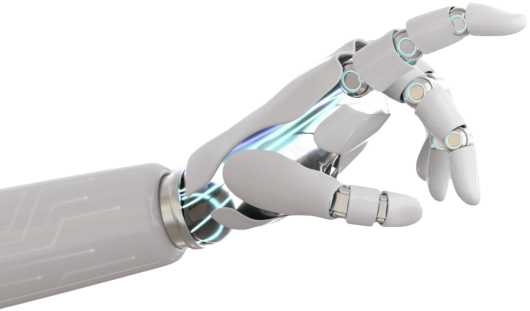
Providing walking assistance for mild hemiplegia patients with lower limb rehabilitation exoskeleton has gained considerable attention. The patients’ motion characteristics should be emphasized, meanwhile the planning gait should always maintain the balance ability in the walking procedure. In this paper, an online balance gait generation strategy is proposed for an exoskeleton used in lower limb rehabilitation. In the present research, the online gait generation strategy is explained and consists of a gait planning and a gait control strategy. In the gait planning strategy, the healthy swing foot trajectory has been learned, modelled and modified for next cycles’ exoskeleton motion by applying improved differential evolution Adaptive Hopf (iDE AHopf) oscillators. Meanwhile to illustrate the human motion intention, the dynamic step length estimation method is utilized to estimate the step length. The discrete step planner determines the motion of the exoskeleton’s centre of gravity (CoG). In the gait control strategy, the online balance gait regulation could regulate the exoskeleton joint reference adaptively to confirm the maximum zero-moment-point (ZMP) walking stability according to the PID controller feedback joint signal. Finally, the corresponding simulation results demonstrate the effectiveness of the proposed strategy by verifying the gait learning rate and ZMP stability margin.
Online gait generation, Lower limb exoskeleton, iDE AHopf oscillators learning, ZMP adaption.
Haoping WANG, Yue YIN, "Online Gait Generation for an Exoskeleton Used in Lower Limb Rehabilitation", Studies in Informatics and Control, ISSN 1220-1766, vol. 29(2), pp. 205-217, 2020. https://doi.org/10.24846/v29i2y202006